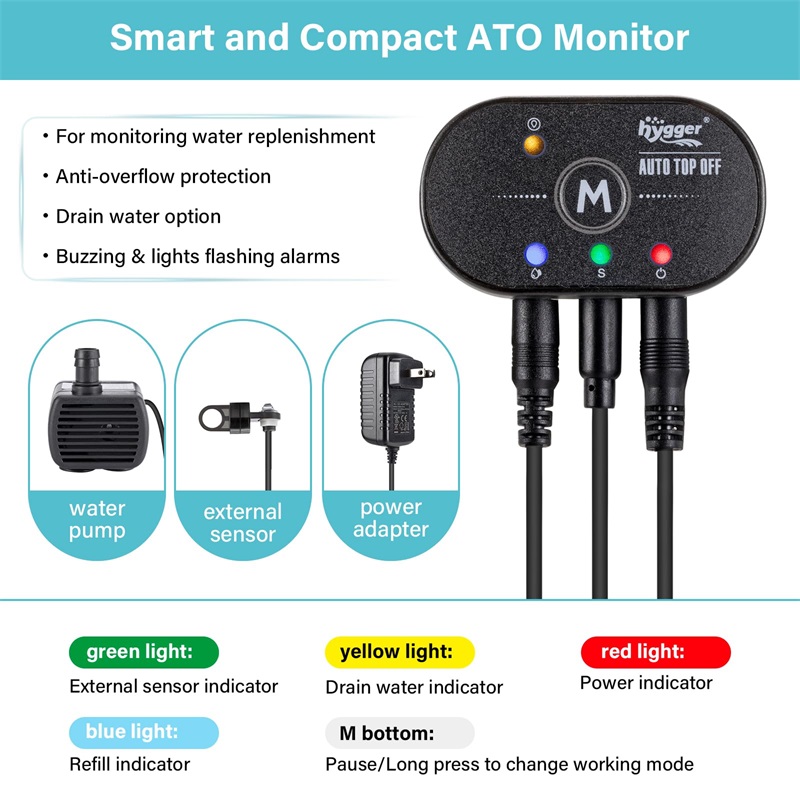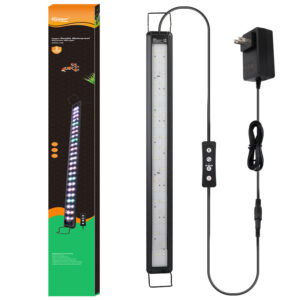How to Set up a CO2 System for Aquarium
Carbon dioxide is an essential element for photosynthesis. Providing moderate CO2 can enhance plants’ coloration and growth. Proper CO2 supplements can lead to vibrant, lush, healthy aquatic plants. However, not all plants need CO2 systems in aquariums. To learn more about CO2 systems for aquariums, just read on. You will walk away with a much better understanding of this issue. You will learn how to set up a CO2 tank in your fish-keeping journey.
Aquarium CO2 system
Get to know the aquarium’s CO2 system
An aquarium CO2 system is designed to supplement and regulate the carbon dioxide in the aquarium. It is primarily used to support and enhance the growth of aquatic plants by providing essential nutrients for photosynthesis.
Types of aquarium CO2 system
Generally, aquarium CO2 systems come in different types. Like, the pressurized CO2 systems and DIY yeast-based CO2 systems.
- Pressurized CO2 systems
Pressurized CO2 systems typically involve a CO2 cylinder, a regulator, a solenoid valve, and a diffuser or reactor. The pressurized CO2 is released into the aquarium water in controlled amounts, ensuring a consistent supply for the plants.
- DIY yeast-based CO2 systems
DIY yeast-based CO2 systems use a homemade generator consisting of a container, yeast, sugar, and a diffusion method. The yeast consumes the sugar and produces CO2 as a byproduct, which is then released into the aquarium. DIY CO2 systems are typically less expensive but may require more frequent maintenance and monitoring.
Additionally, pressurized CO2 systems are better options, compared with DIY yeast-based CO2 systems. While DIY yeast-based CO2 systems are cheaper, they are not as stable and convenient as pressurized CO2 systems. The pressure and temperature can affect the reaction of the former systems. And the amount of CO2 will decrease over time.
Roles of CO2 in aquariums
- Photosynthesis
Aquatic plants undergo photosynthesis, a biological process of converting light energy into chemical energy to fuel their growth. Carbon dioxide is one of the essential components required for photosynthesis. By adding CO2 to the aquarium water, plants have an abundant supply of this crucial nutrient, allowing them to grow faster and more efficiently.
- Plant Growth
CO2 supplementation promotes robust and healthy plant growth. Adequate levels of CO2 enhance the development of leaves, stems, and roots, resulting in lush and vibrant plants. It can also stimulate branching, improve plant density, and encourage the growth of new shoots.
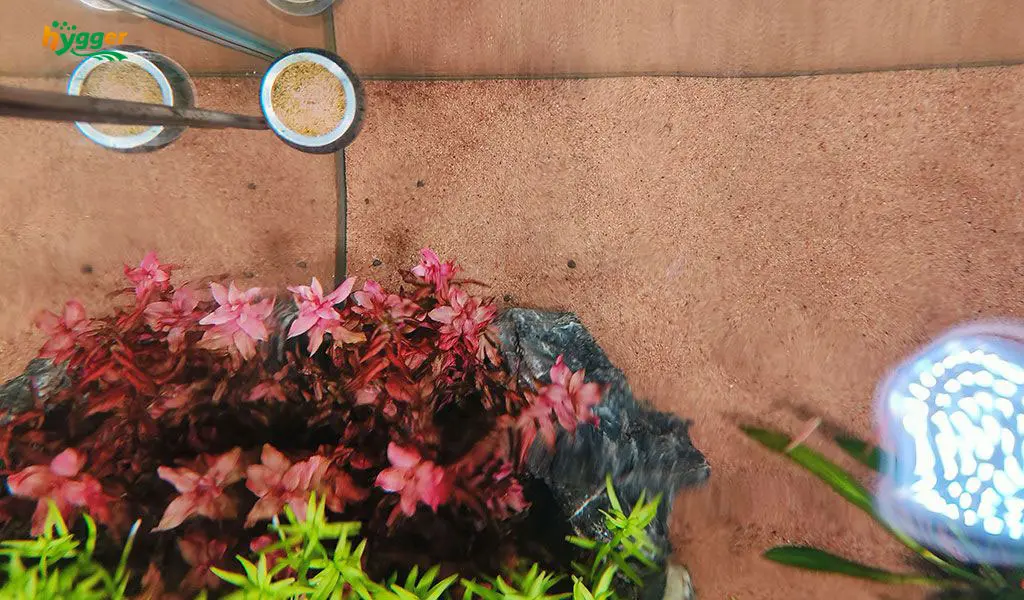
- Oxygen Production
During photosynthesis, aquatic plants release oxygen as a byproduct. Increasing CO2 levels in the aquarium can boost photosynthesis, leading to higher oxygen production. This benefits fish and other inhabitants of the aquarium by ensuring a well-oxygenated environment.
- Algae Control
Maintaining a proper balance of CO2 in the aquarium can help prevent excessive algae growth. When plants receive sufficient CO2, they can outcompete algae for nutrients, reducing the likelihood of algae blooms and keeping the aquarium ecosystem more balanced.
- Lower pH level
Carbon dioxide can lessen the pH level in your tank. Dissolving the carbon dioxide into the water would form carbonic acid, which would lower the pH level in your tank.
Does it need a CO2 system for the planted aquarium
Do all planted aquariums need a CO2 system?
Not all planted aquariums need a CO2 system. Whether or not the planted aquariums need a CO2 system depends on the following factors.
- Type of plants
Low-light plants can often thrive without additional CO2 supplementation, while high-demand plants may benefit from a CO2 system to support their growth.
- Lighting intensity
Under low to moderate lighting, many plants can thrive without CO2 supplements. However, in high-light setups, a CO2 system is necessary to help meet the increased demands of the plants and prevent imbalances in the aquarium ecosystem.
- Nutrient availability
Adequate nutrient levels, including macronutrients (nitrogen, phosphorus, potassium) and micronutrients, are essential for plant growth. If your aquarium has a well-established nutrient-rich substrate, regular fertilization, and a balanced nutrient-dosing routine, you may not need a CO2 system.
- Personal goals
If you desire rapid and lush plant growth, vibrant colors, and a densely planted appearance, a CO2 system can help achieve those goals more efficiently.
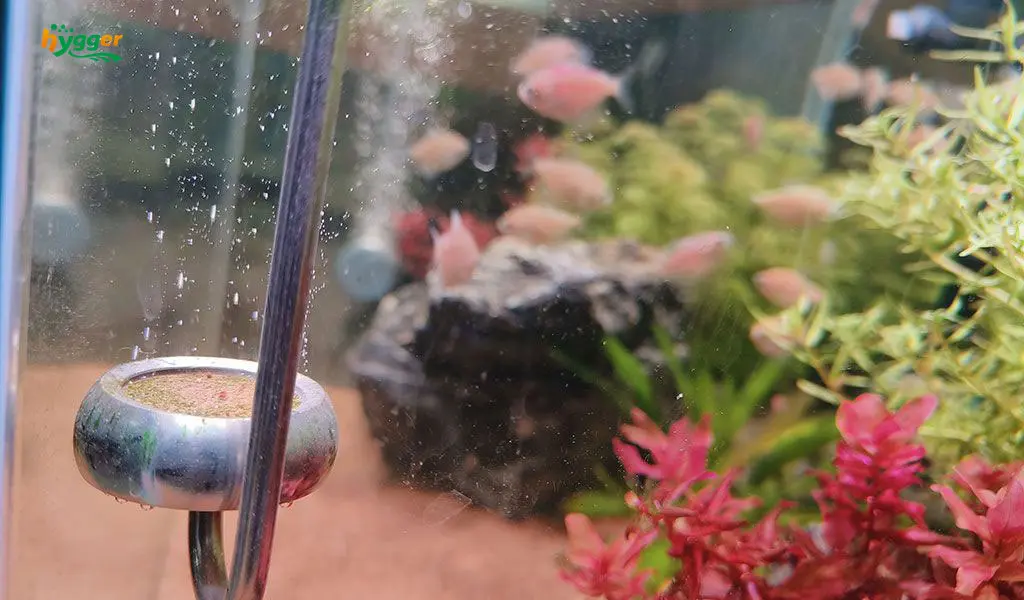
Which types of planted aquariums need a CO2 system?
Given below are some examples that need a CO2 system:
- Dutch aquascapes
Dutch-style aquariums are known for various plant species coming in vibrant colors, which typically involve high light levels and dense plants. To achieve the desired lush growth and vibrant colors, a CO2 system is commonly employed to supplement carbon dioxide.
- Planted aquariums with carpeting plants
Carpeting plants are low-growing species that form a dense carpet-like cover over the aquarium substrate. For example, Dwarf Baby Tears (Hemianthus callitrichoides) or Monte Carlo (Micranthemum tweediei). They often require high light levels and a consistent supply of carbon dioxide to thrive and spread across the substrate.
- High-demand aquatic plants
Certain plant species have high CO2 demands and exhibit optimal growth and coloration when provided with abundant carbon dioxide. For instance, Glossostigma elatinoides, Rotala species, Ludwigia species, and many stem plants.
Which types of planted aquariums do not need a CO2 system?
- Low-light aquariums
Low-light aquariums typically use aquarium light with lower intensity levels, such as low-wattage bulbs or LED fixtures designed for low-light plants. These aquariums often feature hardy and low-light plants, like Anubias, Java Fern, Java Moss, and Cryptocoryne species. These plants can adapt to lower light conditions and grow well without additional CO2 supplements.
- Low-tech aquariums
Low-tech planted aquariums use low to moderate lighting, often with low-light plants. They rely on the natural balance of nutrients and carbon dioxide produced by fish waste and biological processes in the aquarium. Regular water changes and minimal fertilization may be sufficient to support plant growth.
Do aquariums with fish and plants need a CO2 system?
In this part, we will focus on aquatic plants that need and don’t need carbon dioxide supplements.
| Need Carbon Dioxide Or Not | Examples |
| Aquatic plants need carbon dioxide supplement | Dwarf baby tears /Blyxa japonica /Glossostigma elatinoides /Hairgrass /Rotala species /Ludwigia species /Hemianthus micranthemoides /Alternanthera reineckii |
| Aquatic plants don’t need carbon dioxide supplement | Cryptocoryne plants /Scarlet temple /Anubias /Java fern /Java moss /Vallisneria /Amazon sword /Hornwort |
Set up an aquarium CO2 system
Preparations for setting up an aquarium CO2 system
No matter what you do, making preparations is vital. Next, we will list some necessary equipment for a basic CO2 system.
| Necessary equipment | What does it do in a CO2 system |
| CO2 cylinder or tank | The source and storage container for carbon dioxide (CO2) gas |
| CO2 regulator | Control the flow of CO2 from the tank to the aquarium |
| Solenoid valve | Allow you to automate the CO2 supply by connecting it to a timer or a pH controller |
| Bubble counter | Monitor the rate of CO2 injection |
| Diffuser or reactor | Dissolve CO2 into the water effectively (available types: ceramic diffusers, inline reactors, etc.) |
| Check valve | Prevent water from siphoning back into the CO2 system |
| Tubing | Connect the components of the CO2 system |
| pH controller (optional) | Automatically regulate the CO2 supply based on the pH level in the aquarium |
Steps to set up a CO2 system
- Step 1: Install the CO2 cylinder
Place the CO2 cylinder in an upright position near the aquarium. Ensure that it is stable and secure.
- Step 2: Connect the regulator
Attach the regulator to the CO2 cylinder by screwing it on tightly. Use a wrench if necessary to ensure a secure connection.
- Step 3: Connect the solenoid valve
If you have a solenoid valve, connect it to the regulator. The solenoid valve allows you to control the CO2 supply by connecting it to a timer or pH controller.
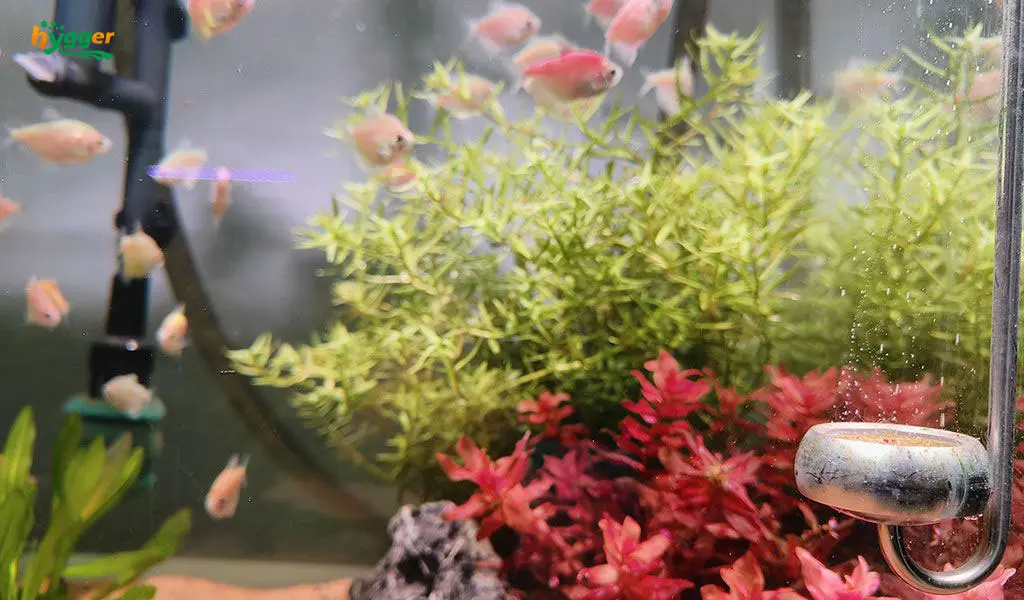
- Step 4: Connect the bubble counter
Attach the bubble counter to the outlet of the regulator or solenoid valve. Fill the bubble counter with water and ensure it is securely attached.
- Step 5: Connect the diffuser or reactor
Connect the tubing from the bubble counter to the diffuser or reactor. The diffuser or reactor should be placed inside the aquarium, ideally in an area with good water movement to facilitate CO2 diffusion.
- Step 6: Install the check valve
Attach a check valve to the tubing between the diffuser or reactor and the aquarium. The check valve ensures that water does not flow back into the CO2 system.
- Step 7: Fine-tune the CO2 flow
Adjust the pressure on the regulator to control the flow of CO2. It is recommended to start with a low flow rate and gradually increase it until you achieve the desired bubble count on the bubble counter.
After installing the CO2 system
Start with a low CO2 flow rate
It is advisable to start with a low flow rate and gradually increase it over a few days. This allows your fish and plants to acclimate to the changes in CO2 levels without causing stress or fluctuations in the aquarium.
Monitor CO2 levels
Keep an eye on the CO2 levels in your aquarium. You can use a drop checker, which contains a pH indicator solution that changes color based on CO2 concentration. During the photoperiod, the ideal CO2 concentration is around 30 ppm.
Observe the behavior of your fish
Watch for any signs of stress, such as gasping at the water surface, erratic swimming, or hiding excessively. If you notice any adverse effects on your fish, consider reducing the CO2 flow rate or introducing air pumps to improve oxygen levels.
Regularly check for leaks
Check all connections, tubing, and components of the CO2 system for any leaks. A small leak can quickly deplete the CO2 cylinder and affect the efficiency of the system.
Regularly monitor and adjust
Keep a close eye on the growth of your aquatic plants and observe any changes in their health and appearance. If necessary, adjust the CO2 flow rate to optimize plant growth and prevent issues such as algae overgrowth or nutrient deficiency.
Summary
Maintaining appropriate and stable CO2 levels can have numerous benefits for aquatic plants. However, CO2 can also have an impact on the pH and KH (carbonate hardness) of the aquarium water. Thus, it is necessary to monitor and stabilize these parameters to prevent any sudden fluctuations, which may stress the fish or affect the water chemistry.


